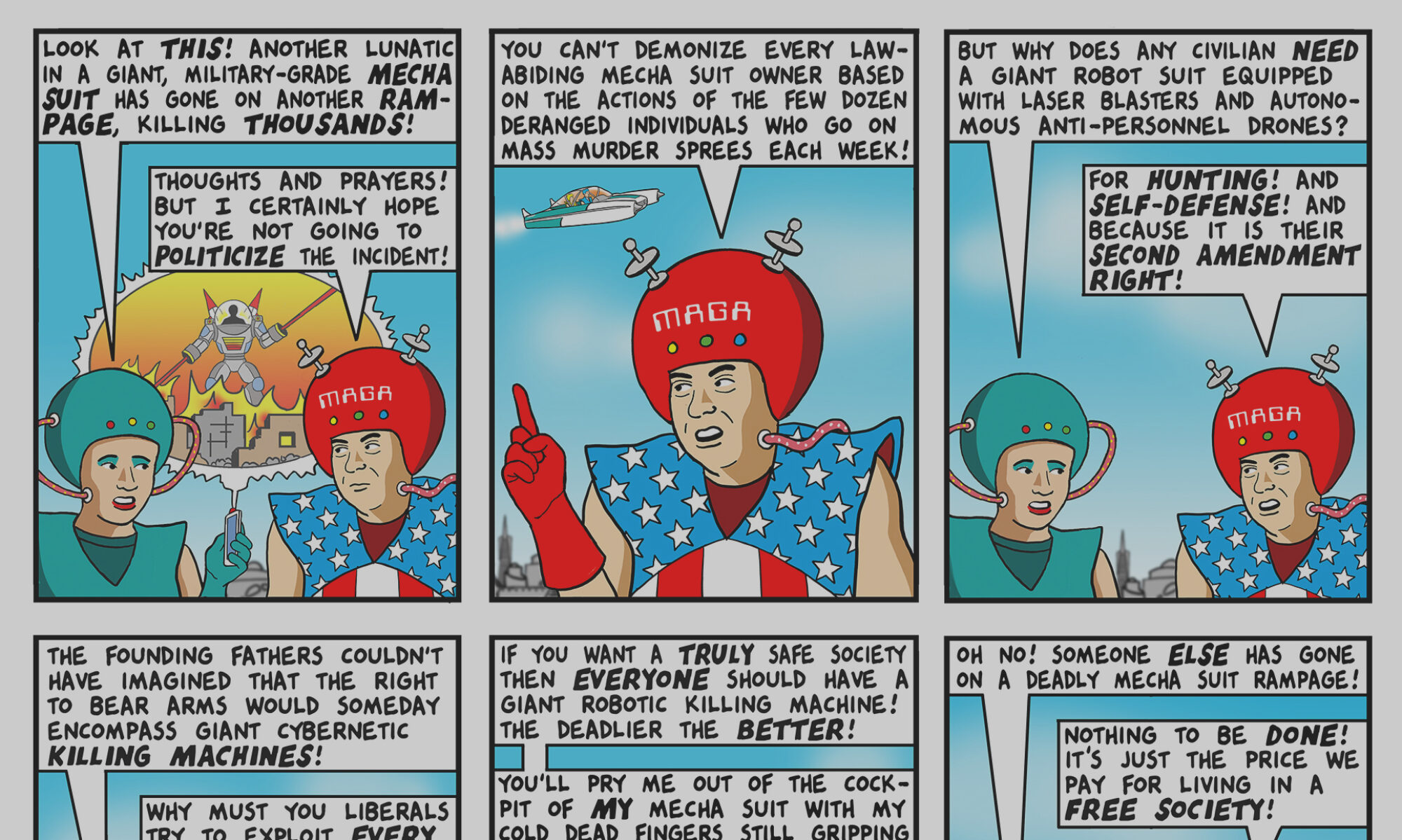It may be a banal bumper sticker slogan, but it’s also pretty good advice, given how often power breeds duplicity.
Dennis Kyne put up such a fight at a political protest last summer, the arresting officer recalled, it took four police officers to haul him down the steps of the New York Public Library and across Fifth Avenue.
“We picked him up and we carried him while he squirmed and screamed,” the officer, Matthew Wohl, testified in December. “I had one of his legs because he was kicking and refusing to walk on his own.”
Accused of inciting a riot and resisting arrest, Mr. Kyne was the first of the 1,806 people arrested in New York last summer during the Republican National Convention to take his case to a jury. But one day after Officer Wohl testified, and before the defense called a single witness, the prosecutor abruptly dropped all charges.
During a recess, the defense had brought new information to the prosecutor. A videotape shot by a documentary filmmaker showed Mr. Kyne agitated but plainly walking under his own power down the library steps, contradicting the vivid account of Officer Wohl, who was nowhere to be seen in the pictures. Nor was the officer seen taking part in the arrests of four other people at the library against whom he signed complaints.
A sprawling body of visual evidence, made possible by inexpensive, lightweight cameras in the hands of private citizens, volunteer observers and the police themselves, has shifted the debate over precisely what happened on the streets during the week of the convention.
For Mr. Kyne and 400 others arrested that week, video recordings provided evidence that they had not committed a crime or that the charges against them could not be proved, according to defense lawyers and prosecutors.
